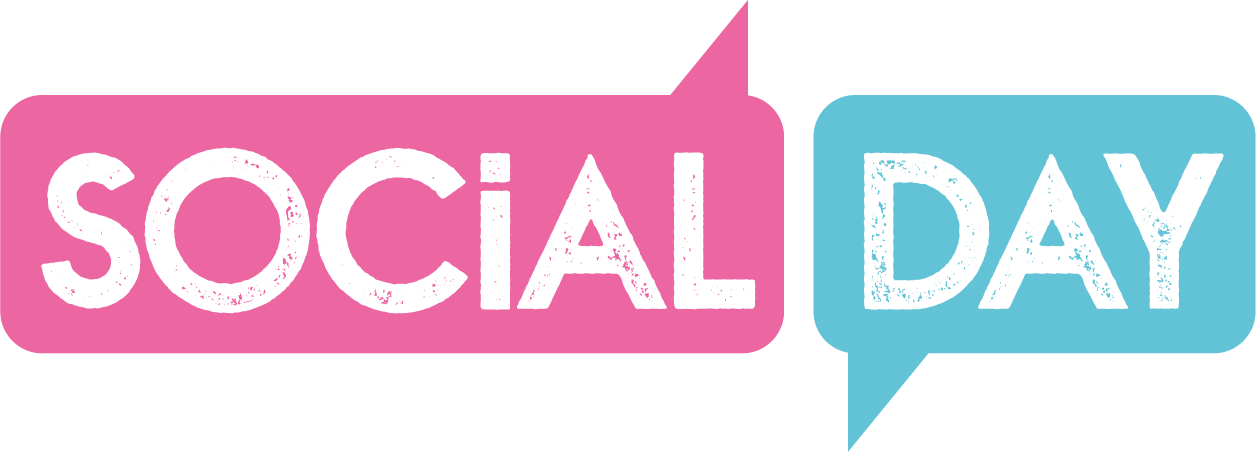Developing a Content Calendar: A Guide to Organisation, Consistency, and Success in Social Media Marketing
A content calendar is an essential tool for any social media marketer, providing structure, organisation, and consistency to your content strategy. By planning, scheduling, and tracking your content across different platforms, you can ensure that your messaging remains cohesive and impactful. In this guide, we'll explain the benefits of having a content calendar and offer tips on planning, scheduling, and tracking content across various platforms.
101 series
〰️
101 series 〰️
Benefits of a Content Calendar
Organisation: A content calendar helps you visualise your content strategy and plan your posts in advance, ensuring that you're prepared and proactive in your approach.
Consistency: By scheduling your content in advance, you can maintain a consistent posting schedule, which is essential for building and retaining your audience.
Cohesive messaging: A content calendar allows you to align your content across multiple platforms and ensure that your messaging remains consistent and on-brand.
Time management: Planning and scheduling content in advance saves time and reduces the stress of last-minute content creation.
Performance tracking: A content calendar provides a framework for monitoring and analysing your content's performance, enabling you to make data-driven decisions and optimise your strategy.
Tips for Planning, Scheduling, and Tracking Content
Set goals and objectives: Determine your content goals and objectives, such as increasing engagement, driving website traffic, or generating leads. This will help guide your content planning process.
Identify key dates and events: Take note of important dates, such as holidays, product launches, or industry events, and plan content around these occasions.
Diversify your content: Mix up your content types and formats to keep your audience engaged and interested. Include a balance of promotional, educational, and entertaining content.
Plan for multiple platforms: Adapt your content for each platform, taking into account factors such as character limits, image sizes, and audience preferences. Ensure that your content is cohesive and complementary across platforms.
Schedule in advance: Use scheduling tools, such as Agorapulse, feedalpha or Adobe Express Content Scheduler to schedule your content in advance and automate posting. This will help ensure consistency and free up time for other tasks.
Monitor and analyse performance: Regularly review your content's performance using platform analytics tools or third-party software. Track key performance indicators (KPIs) and adjust your strategy as needed to improve results.
Leave room for flexibility: While planning and scheduling are essential, it's important to remain flexible and responsive to real-time events, trends, or opportunities that may arise.
By developing a content calendar and implementing these tips, you can streamline your social media marketing efforts and ensure that your content strategy remains organised, consistent, and impactful. Remember to regularly review and adjust your content calendar based on performance data and evolving goals or priorities to continue driving success in your social media marketing efforts.
101 Guides - Get started in Social Media








